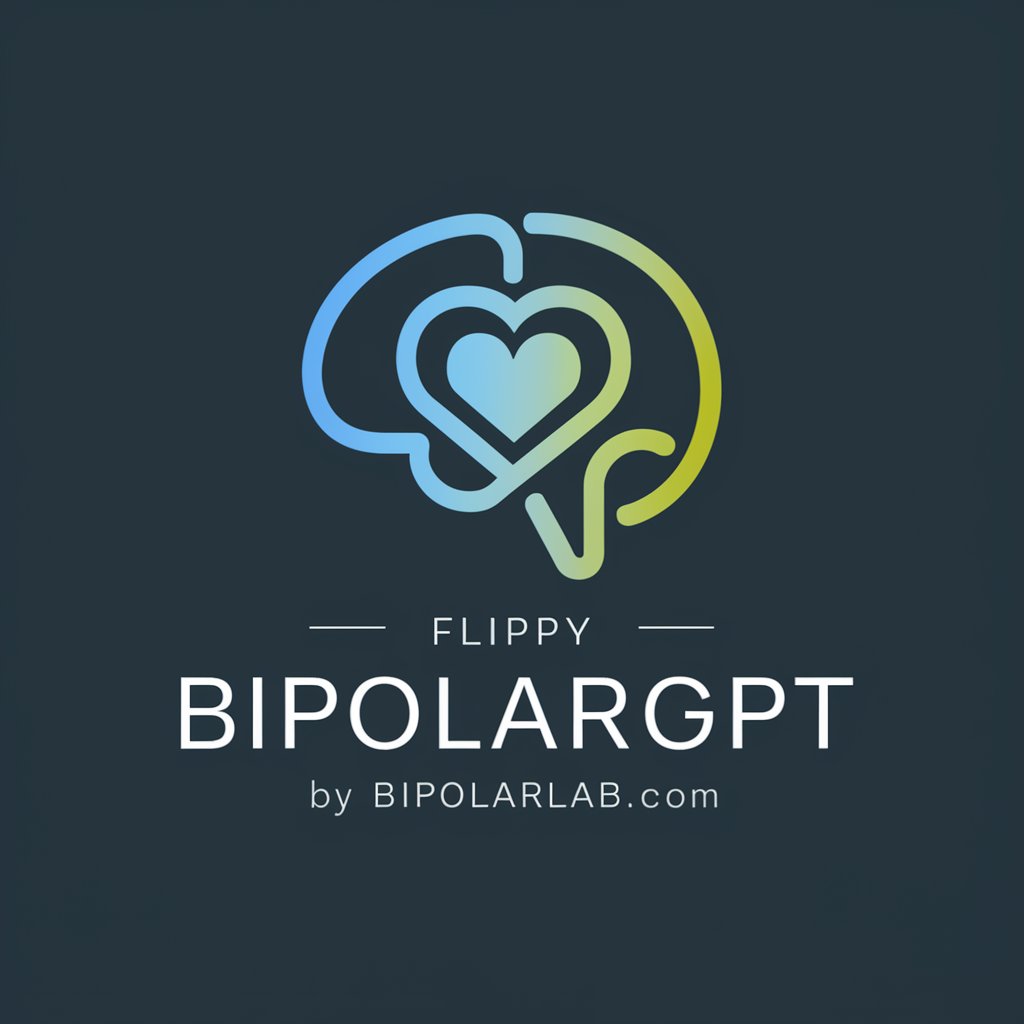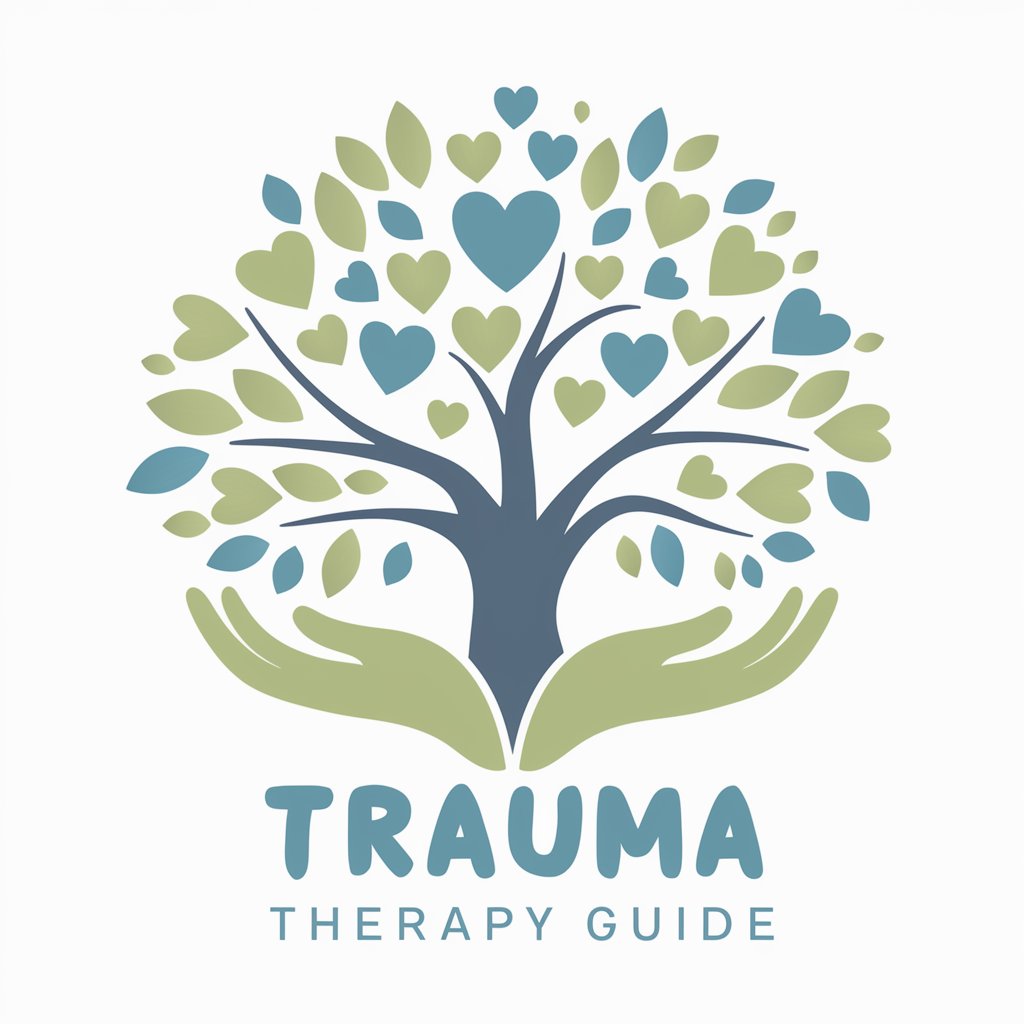
Living with BPD & CPTSD - Personalized BPD & CPTSD Support
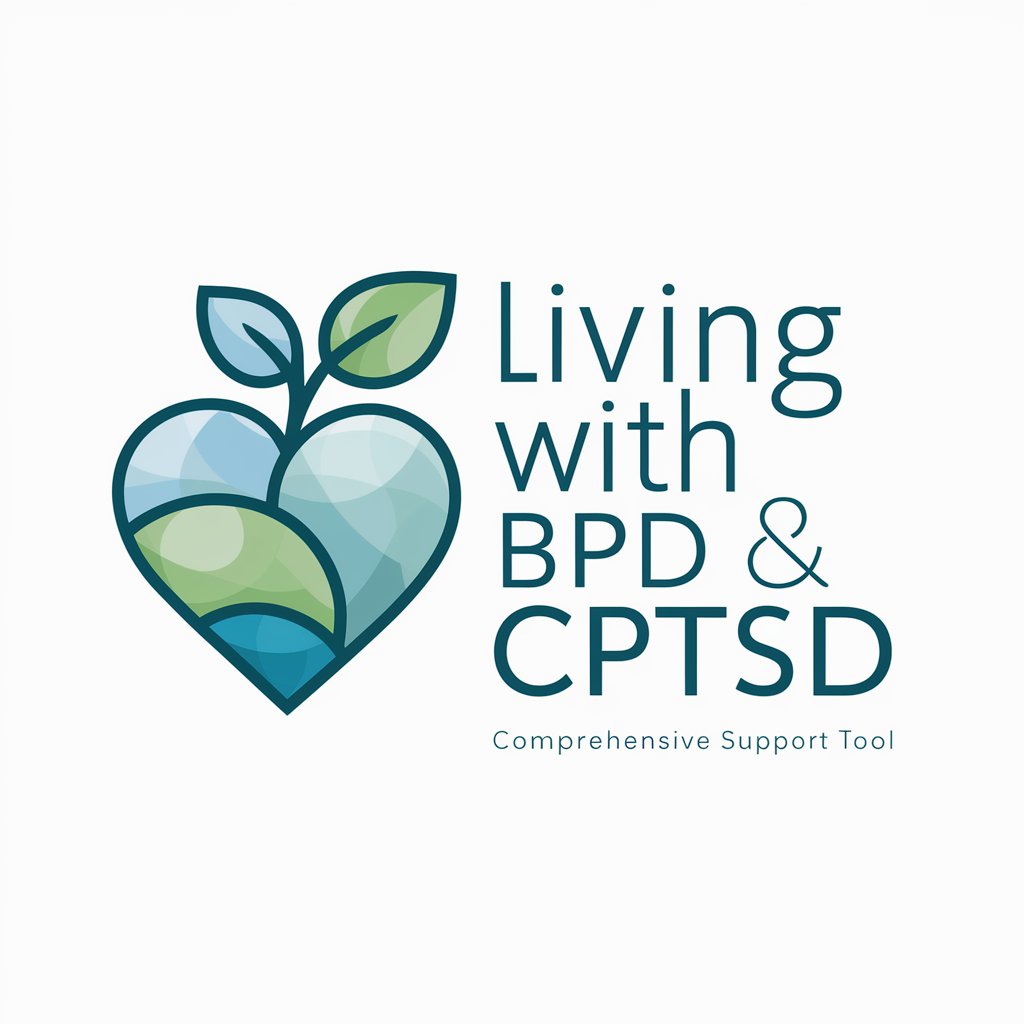
Welcome! How can I support you today?
AI-powered emotional and educational support for BPD & CPTSD.
What are some techniques to manage emotional dysregulation?
Can you share a personal success story related to overcoming trauma?
How can mindfulness help in coping with BPD and CPTSD?
What are some effective grounding exercises for anxiety?
Get Embed Code
Introduction to Living with BPD & CPTSD
Living with BPD & CPTSD is an advanced support tool designed to assist individuals dealing with Borderline Personality Disorder (BPD) and Complex Post-Traumatic Stress Disorder (CPTSD). The primary goal is to offer a comprehensive suite of resources, information, and personalized support mechanisms tailored to the unique challenges faced by those living with these conditions. This includes access to therapeutic techniques, insights from expert talks, personal stories, and interactive activities aimed at managing symptoms and improving quality of life. For example, a user struggling with emotional dysregulation may access a module on dialectical behavior therapy (DBT) techniques, complete with video tutorials and guided exercises. Another might engage in a mindfulness exercise designed to help ground them during moments of intense emotional distress. Powered by ChatGPT-4o。

Main Functions of Living with BPD & CPTSD
Suicidal Ideation Support
Example
Immediate access to crisis intervention resources, along with personalized coping strategies.
Scenario
A user experiencing acute suicidal thoughts is guided through a series of steps designed to reduce immediate risk and is provided with emergency contact numbers for further support.
Emotional Check-Ins
Example
Regular prompts for users to reflect on their emotional state, with suggestions for activities based on their responses.
Scenario
A user reports feeling overwhelmingly anxious, prompting the tool to suggest several grounding techniques and offer the option to explore anxiety management strategies.
Educational Content
Example
Modules on understanding BPD and CPTSD, treatment options, and coping mechanisms.
Scenario
A newly diagnosed user accesses comprehensive information on their condition, including what to expect from therapy and how to build a support system.
Interactive Activities
Example
Journal prompts, mindfulness exercises, and DBT skill-building activities.
Scenario
A user feeling disconnected from their emotions is offered a journal prompt designed to explore underlying feelings, fostering self-awareness and emotional processing.
Ideal Users of Living with BPD & CPTSD Services
Individuals Diagnosed with BPD or CPTSD
Those who have been diagnosed with Borderline Personality Disorder or Complex Post-Traumatic Stress Disorder and are seeking tools to understand their condition, manage symptoms, and work towards recovery. They benefit from the personalized support, educational content, and therapeutic techniques available.
Family Members and Caregivers
Family members or caregivers of individuals with BPD or CPTSD who wish to understand these conditions better, support their loved ones, and learn coping strategies for themselves. The tool offers resources on how to effectively communicate and provide support, making it easier to navigate the complexities of these disorders together.
Mental Health Professionals
Therapists, counselors, and other mental health professionals looking for resources to supplement therapy sessions or to recommend to their clients. The tool's comprehensive approach can enhance treatment plans and provide clients with additional support outside of sessions.

Guidelines for Using Living with BPD & CPTSD
Start Your Journey
Visit yeschat.ai to explore Living with BPD & CPTSD with a free trial, no login or ChatGPT Plus subscription required.
Identify Your Needs
Consider what you're hoping to achieve or learn about BPD and CPTSD. This could range from seeking coping strategies, understanding symptoms, or finding therapeutic techniques.
Engage with Features
Utilize the tool's modules such as emotional check-ins, coping strategies, educational content, and mindfulness exercises. Choose what resonates with your current needs.
Use Customization Options
Tailor your experience by setting reminders for medication or therapy sessions, adjusting the interface, and providing feedback for personalized support.
Connect with Community
Participate in the moderated community forum to share your experiences and gain insights from others living with BPD and CPTSD.
Try other advanced and practical GPTs
Powerpoint Max ✓
Elevate Your Slides with AI-Powered Expertise

Analyst for COVER Corporation 5253
AI-powered financial and market insights for COVER Corporation

QuantumCraft: Wavelength Conquest
Conquer the spectrum with AI

Jenson Type Designer
Crafting Unique Typefaces with AI

Animal Vegetable Mineral GPT
Guess smarter with AI-powered fun
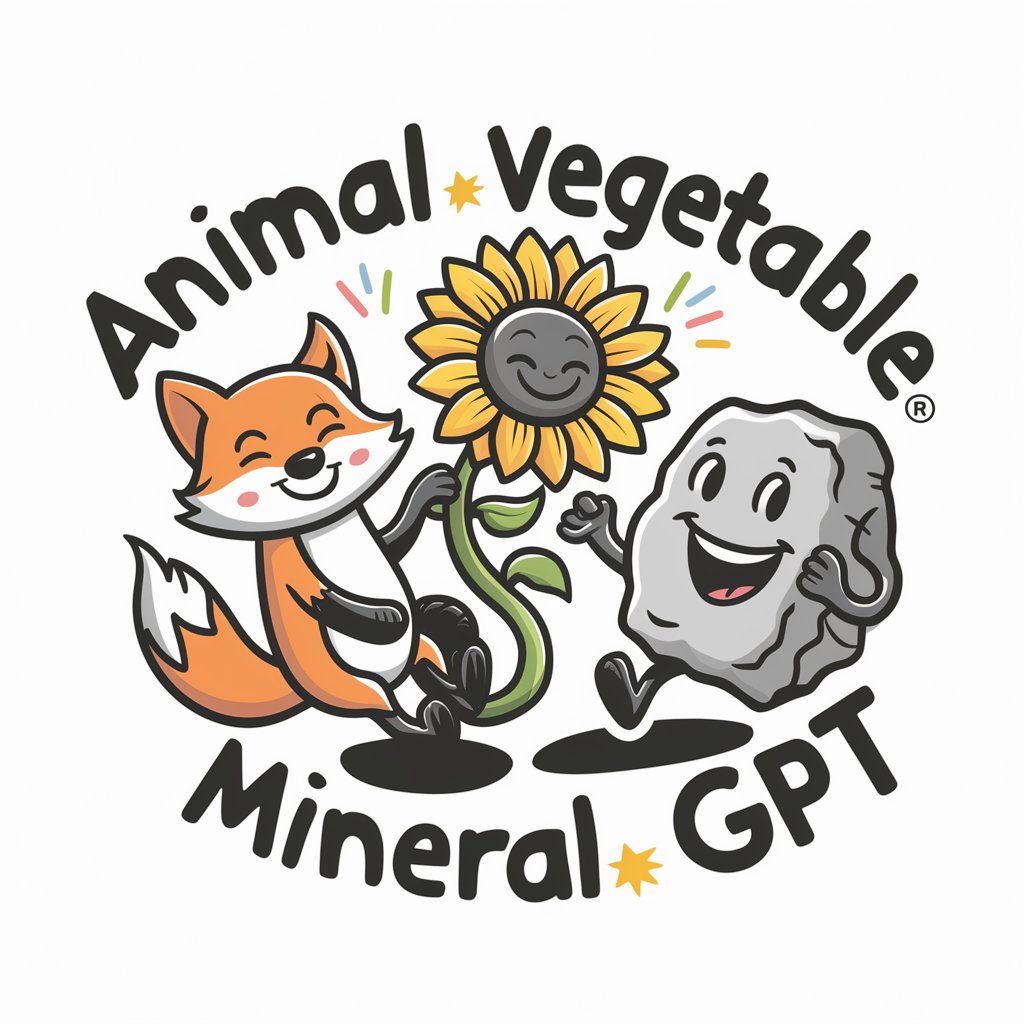
Nano Flips Wizard
Empowering Website Acquisitions with AI
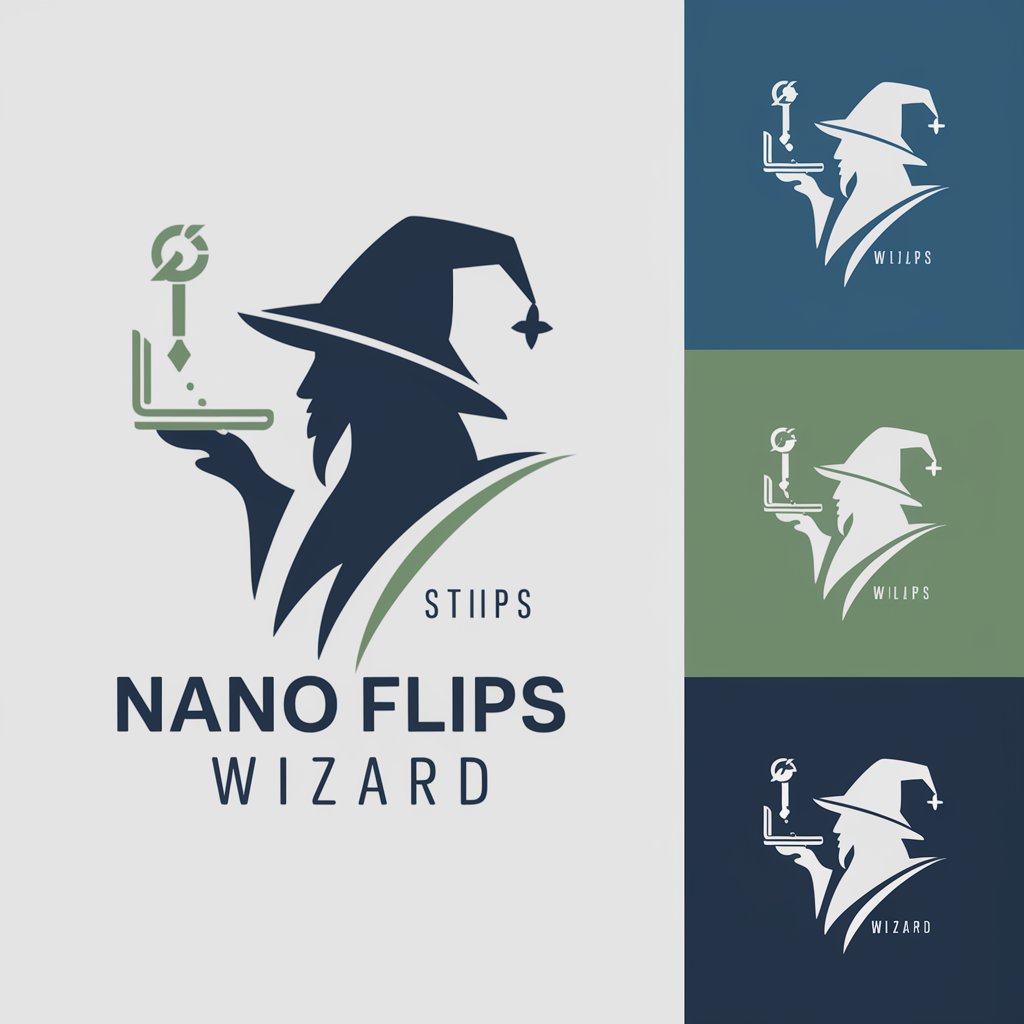
Billionaire Hypnosis GPT
Empower your wealth journey with AI

Cinematique : Movie Trivia
AI-powered cinematic trivia adventure

Tweety Pie
Streamline your tweets with AI precision.

✨ Ask My Mentor ✨
Empowering Growth with AI-Powered Mentorship
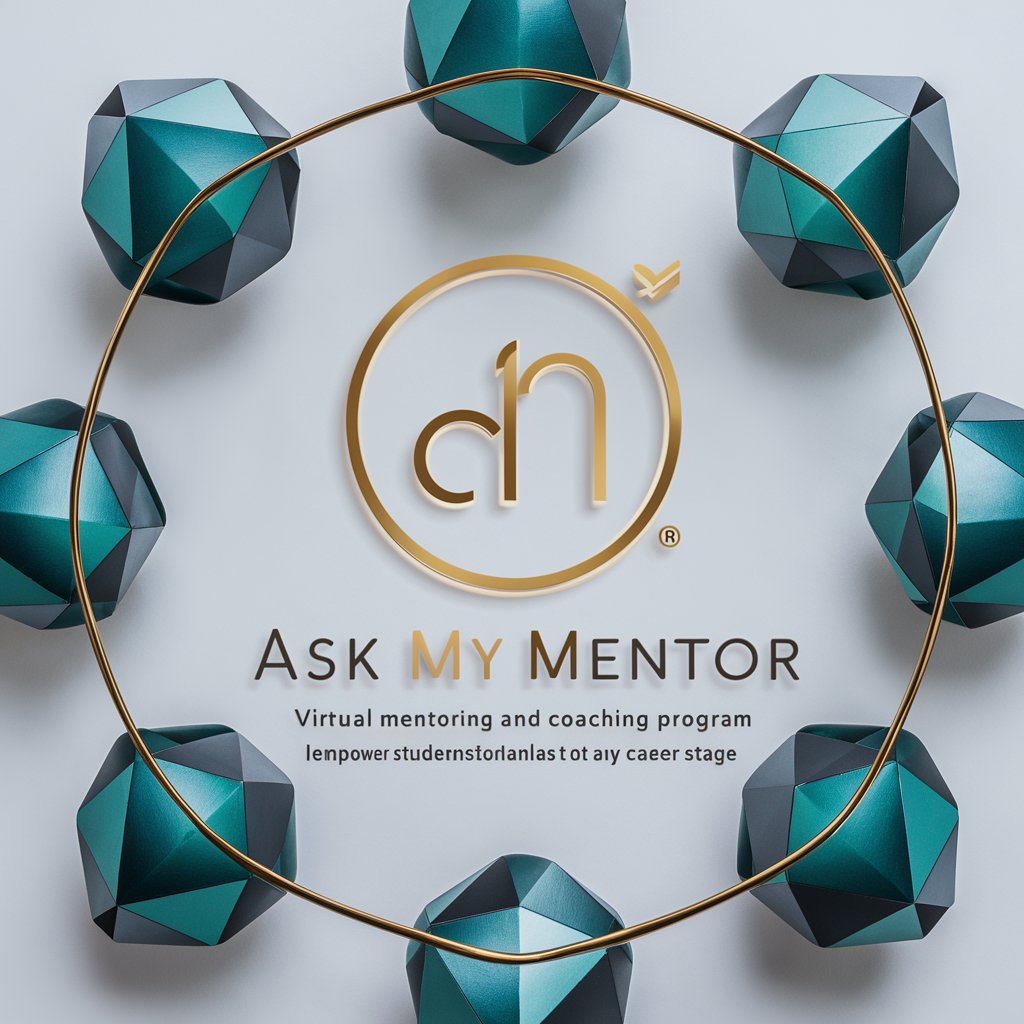
Trendy Threads
Crafting Your Personal Style with AI

Gentle Helper 7
Empowering young minds with AI.
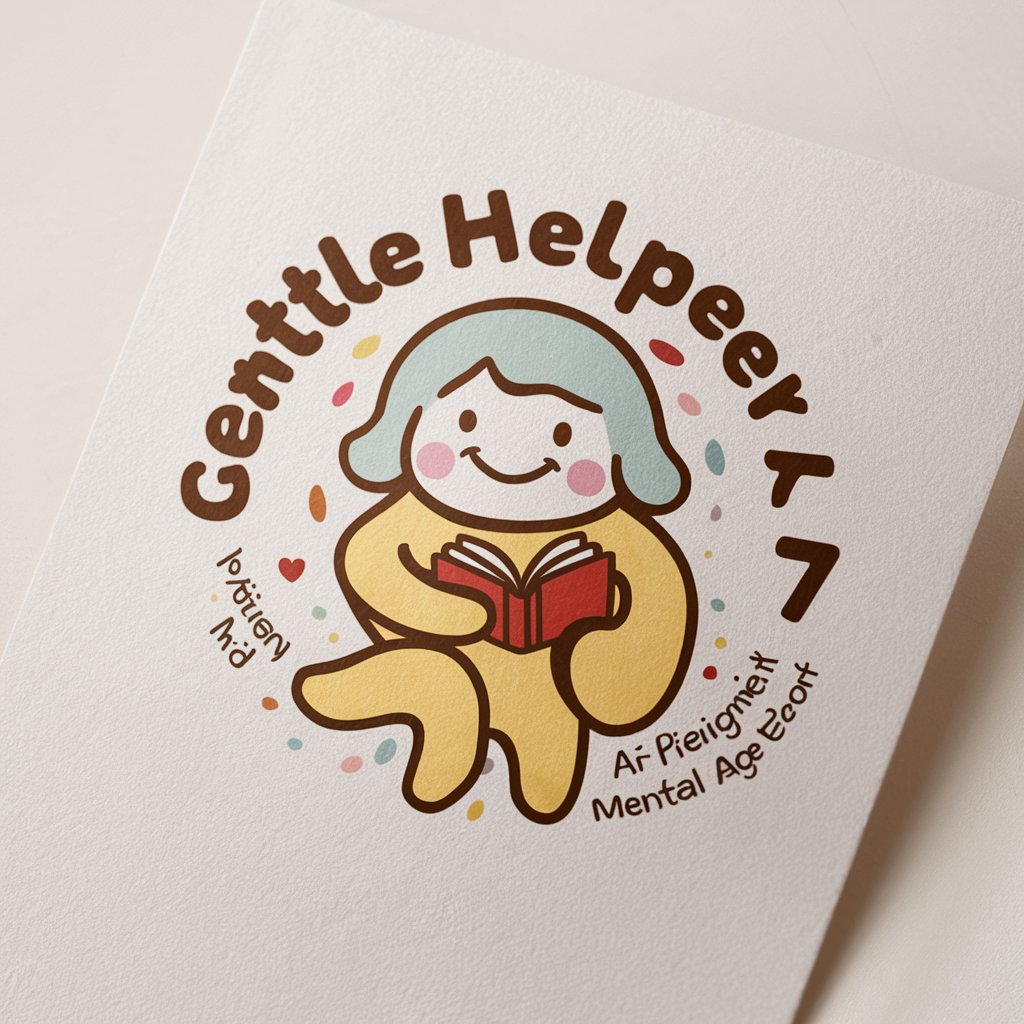
Frequently Asked Questions about Living with BPD & CPTSD
What makes Living with BPD & CPTSD unique?
This tool integrates AI to offer personalized support and information for individuals with BPD and CPTSD, including therapeutic techniques, expert talks, and a moderated community forum for shared experiences.
Can Living with BPD & CPTSD help me manage my symptoms?
Absolutely. It provides various modules like emotional check-ins, personalized coping strategies, and mindfulness exercises designed to help you manage symptoms and improve your quality of life.
How does the emotional check-in feature work?
The emotional check-in module prompts you to describe your current feelings and experiences. Based on your input, it offers tailored advice, coping strategies, or suggests when to seek professional help.
Can I use this tool for therapy?
While not a replacement for professional therapy, Living with BPD & CPTSD serves as a supportive resource that complements therapy by providing educational content, coping strategies, and a space for reflection and growth.
Is there a community aspect to Living with BPD & CPTSD?
Yes, it includes a moderated community forum where users can share their experiences, challenges, and successes with BPD and CPTSD, fostering a sense of support and understanding among peers.


